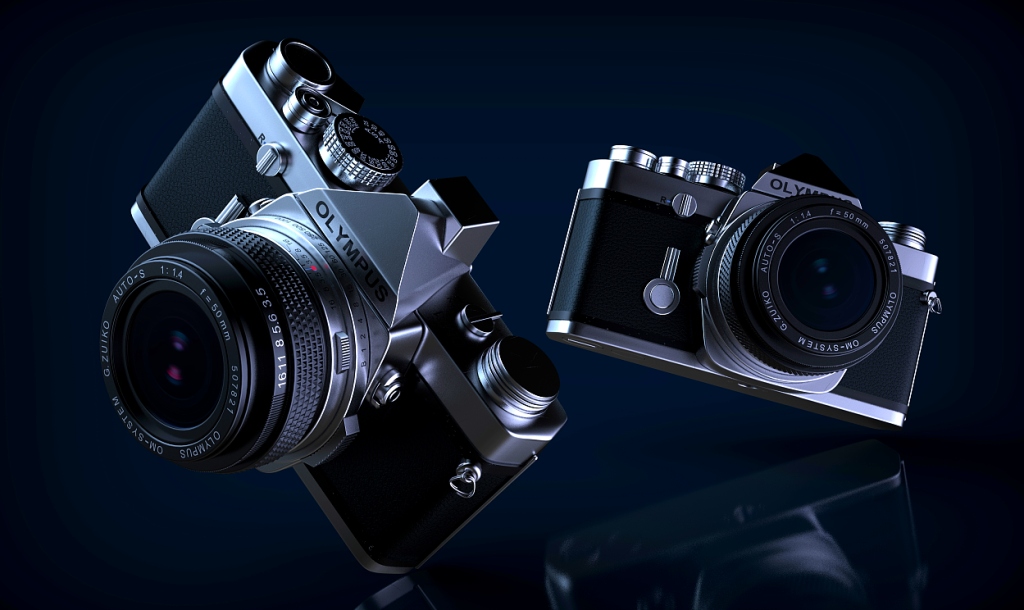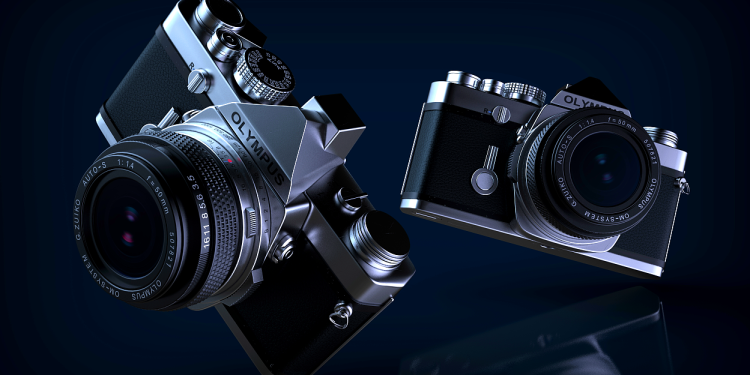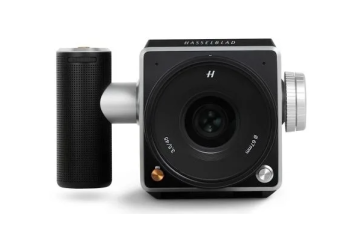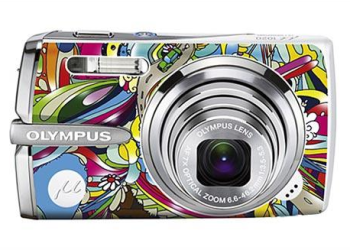Introduction
Photography is more than just pointing and shooting; it’s about creating visually compelling images through effective composition. In this article, we’ll explore a variety of tips and techniques to help you improve your composition skills and take your photography to the next level.
Understanding Composition
Definition of Composition: Composition refers to the arrangement of elements within a photograph to create a visually pleasing and compelling image. It involves the deliberate placement of subjects, lines, shapes, colors, and textures to convey a message or evoke an emotional response.
Elements of Composition: Key elements of composition include balance, symmetry, leading lines, framing, perspective, and negative space. Understanding how these elements work together can help you create more impactful and engaging photographs.
Rule of Thirds
Explanation of the Rule: The rule of thirds divides the frame into a grid of nine equal sections by two horizontal and two vertical lines. The main subjects of the photograph are then placed along these lines or at their intersections, rather than in the center, to create a more dynamic composition.
Application in Photography: By following the rule of thirds, you can create visually balanced and harmonious compositions that draw the viewer’s eye to the focal points of the image. This technique is particularly effective for landscape, portrait, and still life photography.
Leading Lines
Definition and Purpose: Leading lines are lines within a photograph that lead the viewer’s eye towards a specific focal point or subject. They can be straight, diagonal, curved, or converging, guiding the viewer’s gaze and creating a sense of depth and movement in the image.
Examples in Photography: Examples of leading lines include roads, pathways, fences, rivers, and architectural features like bridges and staircases. By incorporating leading lines into your compositions, you can create a sense of direction and visual flow that enhances the overall impact of your photographs.
Symmetry and Patterns
Importance in Composition: Symmetry and patterns add visual interest and balance to photographs, creating a sense of order and harmony. They can be found in nature, architecture, and everyday scenes, offering opportunities for creative composition.
Identifying and Utilizing Symmetry: Look for symmetrical subjects or scenes where elements are evenly balanced on either side of the frame. Experiment with different angles and perspectives to highlight symmetry and create compelling compositions.
Foreground, Middle Ground, and Background
Creating Depth in Images: Including elements in the foreground, middle ground, and background of your photographs adds depth and dimension to the image, creating a sense of scale and perspective.
Balancing Elements in the Frame: Pay attention to the arrangement of elements within the frame, ensuring a harmonious balance between the foreground, middle ground, and background. Use leading lines, framing, and perspective to draw the viewer’s eye through the image.
Frame within a Frame
Concept and Effectiveness: The frame within a frame technique involves using elements within the scene to frame the main subject of the photograph. This creates a sense of depth and context, drawing the viewer’s attention to the focal point of the image.
Techniques for Implementing: Look for natural frames such as doorways, windows, arches, or foliage to frame your subjects. Experiment with different compositions and perspectives to create visually engaging images using this technique.
Negative Space
Understanding Negative Space: Negative space refers to the empty or unoccupied areas of a photograph surrounding the main subject. It provides breathing room for the subject and helps draw attention to it by creating contrast and emphasizing its importance.
Utilizing Negative Space for Impact: Experiment with negative space by leaving empty areas in your compositions to create a sense of balance and focus. Use negative space strategically to emphasize the subject and evoke a sense of calm or simplicity in your images.
Color and Contrast
Importance of Color in Composition: Color plays a vital role in composition, influencing the mood, atmosphere, and visual impact of a photograph. Pay attention to the color palette of your scenes and use color contrast to create emphasis and visual interest.
Enhancing Contrast for Visual Interest: Experiment with contrasting colors, tones, and textures to create dynamic compositions that grab the viewer’s attention. Look for opportunities to juxtapose light and dark elements to create drama and depth in your images.
Lighting and Shadows
Impact of Lighting on Composition: Lighting is one of the most critical factors in composition, affecting mood, contrast, and texture in photographs. Pay attention to the direction, quality, and intensity of light when composing your shots.
Utilizing Shadows for Dramatic Effect: Shadows can add depth, dimension, and drama to your photographs, creating interesting patterns and textures. Experiment with sidelighting, backlighting, and chiaroscuro techniques to incorporate shadows creatively into your compositions.
Experimenting with Perspectives
Importance of Perspective in Composition: Perspective refers to the angle or point of view from which a photograph is taken. Changing your perspective can dramatically alter the composition and visual impact of your images.
Exploring Different Angles and Viewpoints: Experiment with shooting from high or low angles, bird’s eye or worm’s eye perspectives, and unusual vantage points to create unique and compelling compositions. Don’t be afraid to get down on the ground or climb up high to capture a fresh perspective.
Composition Tips for Specific Genres
Landscape Photography: Focus on creating depth, leading lines, and capturing the mood and atmosphere of the scene. Experiment with different compositions and lighting conditions to convey the grandeur and beauty of the landscape.
Portrait Photography: Pay attention to framing, background, and lighting to create flattering and engaging portraits. Use techniques like the rule of thirds and negative space to draw attention to the subject’s eyes and convey emotion.
Street Photography: Capture candid moments and fleeting gestures that tell a story about life in the streets. Look for interesting compositions, patterns, and contrasts amidst the chaos of urban environments.
Still Life Photography: Arrange objects thoughtfully within the frame to create visually appealing compositions. Experiment with different lighting setups, angles, and perspectives to highlight textures, colors, and shapes.
Reviewing and Critiquing Your Work
Importance of Self-Evaluation: Regularly review and critique your own work to identify strengths, weaknesses, and areas for improvement. Pay attention to composition, lighting, focus, and storytelling when evaluating your photographs.
Seeking Feedback and Constructive Criticism: Share your work with other photographers, mentors, or online communities to receive feedback and constructive criticism. Be open to different perspectives and viewpoints that can help you grow as a photographer.
Practice and Patience
Mastery through Repetition: Improving your composition skills takes time, practice, and patience. Make a habit of taking photographs regularly and experimenting with different techniques and compositions to refine your craft.
Embracing Mistakes as Learning Opportunities: Don’t be discouraged by failures or mistakes; instead, embrace them as learning opportunities. Analyze what went wrong, why it happened, and how you can avoid similar pitfalls in the future.
Conclusion
In conclusion, mastering composition is essential for creating compelling and impactful photographs. By understanding the principles of composition and experimenting with different techniques and perspectives, you can elevate your photography skills and capture images that resonate with viewers on a deeper level.

FAQs After The Conclusion
- What is the rule of thirds, and how does it improve composition?
- The rule of thirds divides the frame into a grid of nine equal sections, with the main subjects placed along these lines or at their intersections to create a more dynamic composition.
- How can I incorporate leading lines into my compositions?
- Look for natural or man-made lines within the scene, such as roads, fences, or architectural features, and use them to guide the viewer’s eye towards the main subject or focal point of the image.
- What is negative space, and how can I use it effectively in my compositions?
- Negative space refers to the empty or unoccupied areas of a photograph surrounding the main subject. By leaving empty areas in your compositions, you can create a sense of balance, focus, and simplicity that emphasizes the subject.
- Why is perspective important in composition, and how can I experiment with different viewpoints?
- Perspective affects the angle or point of view from which a photograph is taken, dramatically altering the composition and visual impact of the image. Experiment with shooting from high or low angles, unusual vantage points, and different focal lengths to create unique and compelling compositions.
- How can I improve my composition skills in specific genres like landscape or portrait photography?
- Focus on creating depth, leading lines, and capturing the mood and atmosphere of the landscape in landscape photography. For portrait photography, pay attention to framing, background, and lighting to create flattering and engaging portraits.
- What should I look for when reviewing and critiquing my own work?
- When reviewing your own work, pay attention to composition, lighting, focus, and storytelling. Identify strengths, weaknesses, and areas for improvement, and seek feedback from other photographers to gain valuable insights.
- How can I practice and improve my composition skills?
- Improving composition skills takes time, practice, and patience. Make a habit of taking photographs regularly, experimenting with different techniques and perspectives, and analyzing your results to refine your craft.
- What should I do if I feel discouraged by failures or mistakes in my photography?
- Don’t be discouraged by failures or mistakes; instead, embrace them as learning opportunities. Analyze what went wrong, why it happened, and how you can avoid similar pitfalls in the future. Remember that every mistake is a chance to learn and grow as a photographer.












